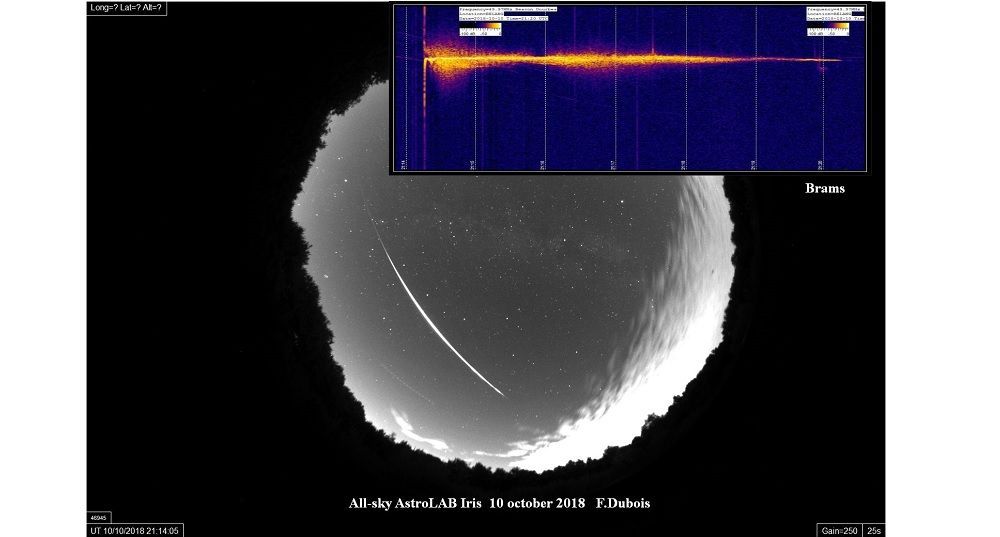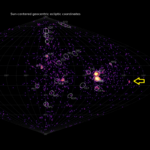By Carl Johannink and Paul Roggemans
A summary is presented with the trajectory and orbit data obtained by CAMS BeNeLux. The fireball started exceptionally high in the atmosphere at 153.8 km elevation. The orbit has a very good match with the minor shower 31 Lyncids (TLY-613).
1 Introduction
Exceptional clear sky over the BeNeLux during the night 10–11 October allowed the registration of a fast moving, bright fireball by several cameras of the CAMS BeNeLux network as well as all-sky cameras. The appearance in the evening sky around 23h15m local time with a clear starry sky allowed many casual witnesses to enjoy this celestial firework. Luckily the fireball was also captured by many meteor cameras which allowed an accurate trajectory calculation.
2 Trajectory and orbit
The first results are based upon calculations from CAMS stations 802 Burlage, Germany, 807 Mechelen Belgium, 3033 Oostkapelle, the Netherlands and 814 Grapfontaine Belgium. With 156.8 km the fireball started at a remarkable high level in the atmosphere.
- Hb = 156.8 km at φ = 52.5° north / λ = 5.65° east
- He = 87.6 km at φ = 50.0° north / λ = 3.34° east
Table 1 – The orbit solutions: (1) exponential on CAMS 807-814 and 3034, (2) linear on CAMS 807-814 and 3034, (3) based on CAMS 3033, 3166, 814 and 807 compared to the 31 Lyncids (TLY-613) (Jenniskens et al., 2018).
|
(1) |
(2) | (3) |
TLY |
|
|
RAg (°) |
118.79 | 118.8 | 118.89 | 125.0 |
|
Decg (°) |
+42.97 | +42.19 | +43.09 |
+42.3 |
|
vg (km/s) |
68.57 | 67.85 | 68.07 |
67.4 |
|
q (AU) |
0.9844 | 0.9836 | 0.9837 |
0.968 |
|
a (AU) |
∞ | 24.57 | 65.71 |
17.2 |
|
e |
1.0261 | 0.9600 | 0.9850 |
0.944 |
|
i (°) |
142.94 | 142.75 | 142.54 |
141.6 |
|
ω (°) |
166.4 | 165.79 | 165.95 |
160.1 |
|
Ω (°) |
197.2578 | 197.2578 | 197.2578 |
200.4 |
|
Π (°) |
3.662 | 3.045 | 3.211 |
|
The long trajectory started above the Netherlands, crossed the entire atmosphere above Belgium and ended north of the French city of Saint-Quentin at 87.6 km elevation, excluding any possible meteorite dropping.
The CAMS software offers two approaches to calculate the orbit, a linear and an exponential. CAMS is designed to collect orbits of meteors in the range of visual observations. The system is not designed neither for too bright events nor for exceptional long trajectories such as this one. Not all cameras which registered this fireball could be used in the orbit solution. The different results, depending on the selected solution, are listed in Table 1. The orbit of the 31 Lyncids minor shower is listed too.
The orbit is similar to the orbit of the poorly known minor shower, the 31 Lyncids (TLY-613) fulfilling the D-criteria DD = 0.06 and DSH = 0.16. This shower is active around
λʘ = 200.4° with a radiant at αg = 125° δg = +42.3° and vg = 67.4°.
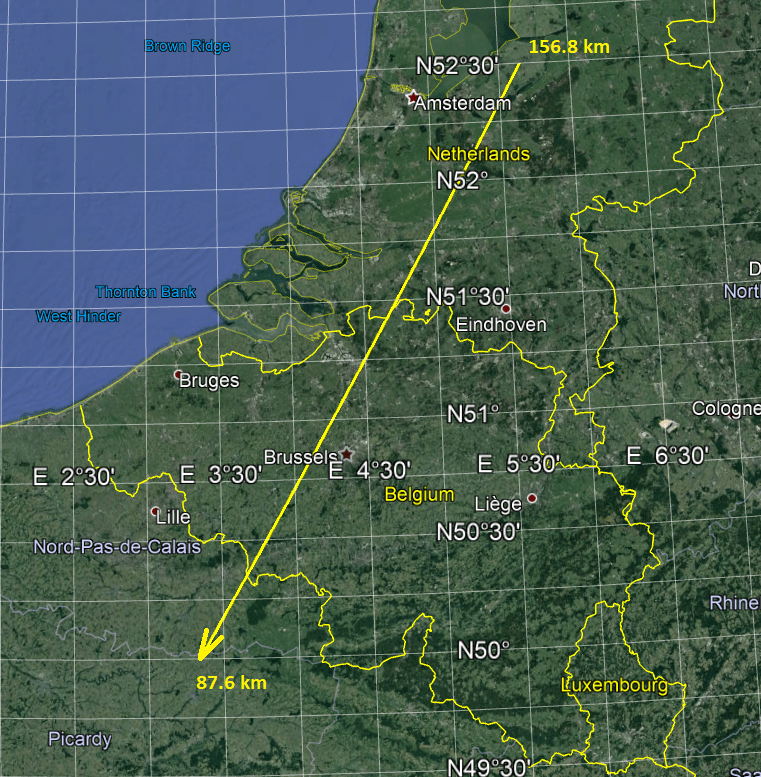
Figure 1 – Trajectory of this fireball 10 October 2018 based on results based upon calculations from CAMS stations 802_807_3033_814 (Burlage DE _ Mechelen BE _ Oostkapelle NL _ Grapfontaine BE).
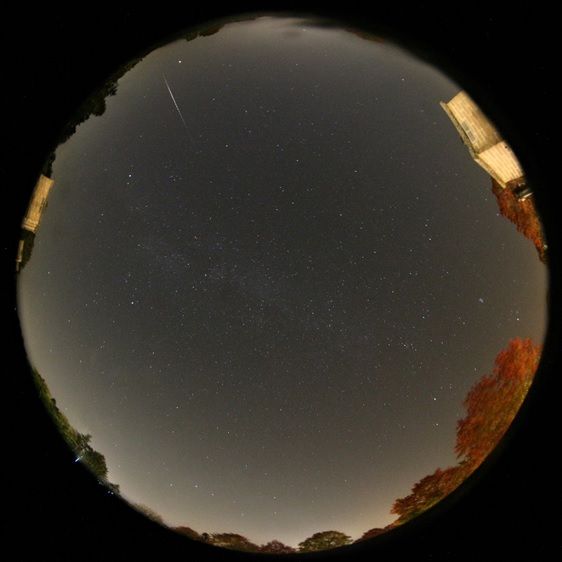
Figure 2 – All-sky picture by Koen Miskotte (Ermelo NL).
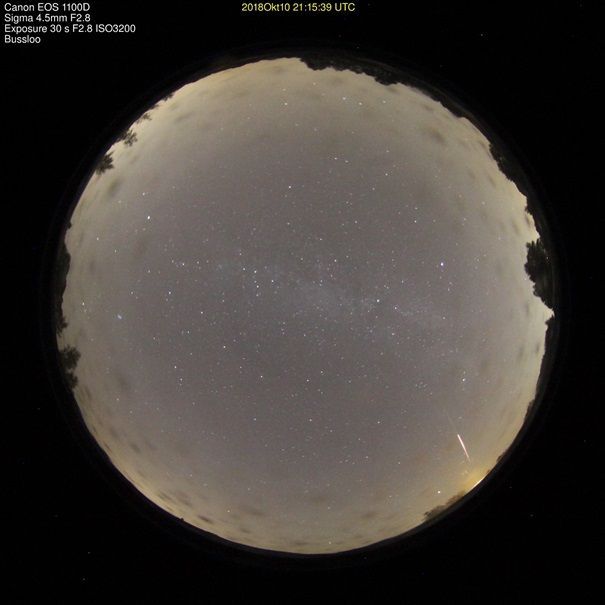
Figure 3 – All-sky picture from Bussloo (NL).
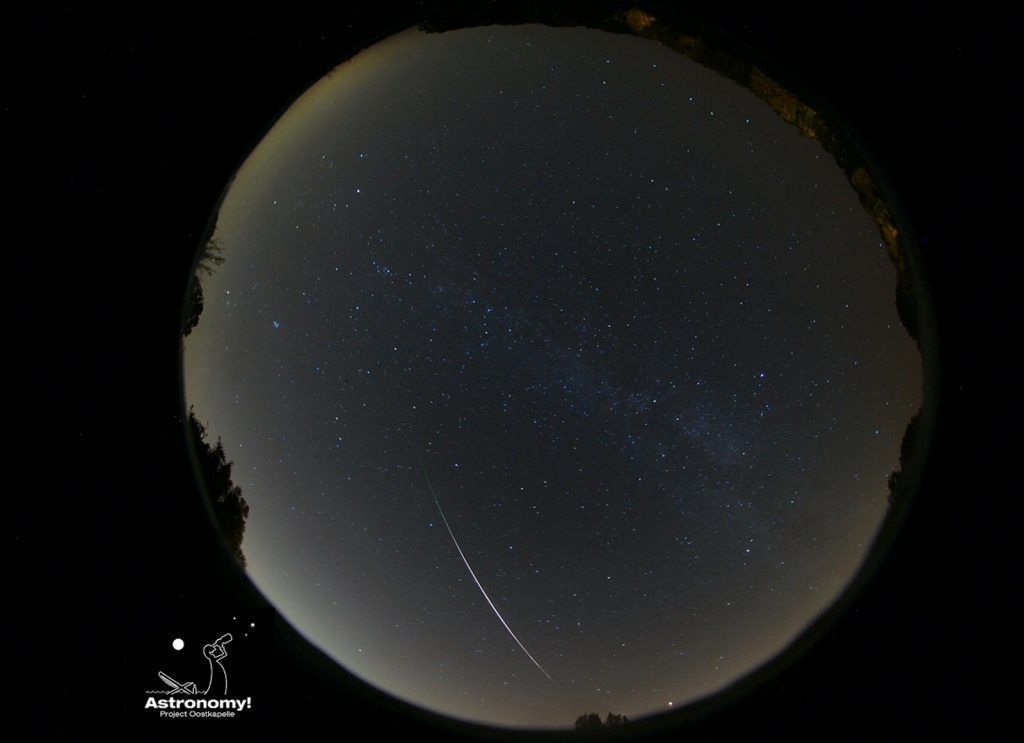
Figure 4 – All-sky picture by Klaas Jobse (Oostkapelle NL), All Sky is een canon 5D 8mm f 4 iso 800 90 Sec belicht.
Figure 5 – All-sky picture by Klaas Jobse (Oostkapelle NL), All Sky is een canon 5D 8mm f 4 iso 800 90 Sec belicht.
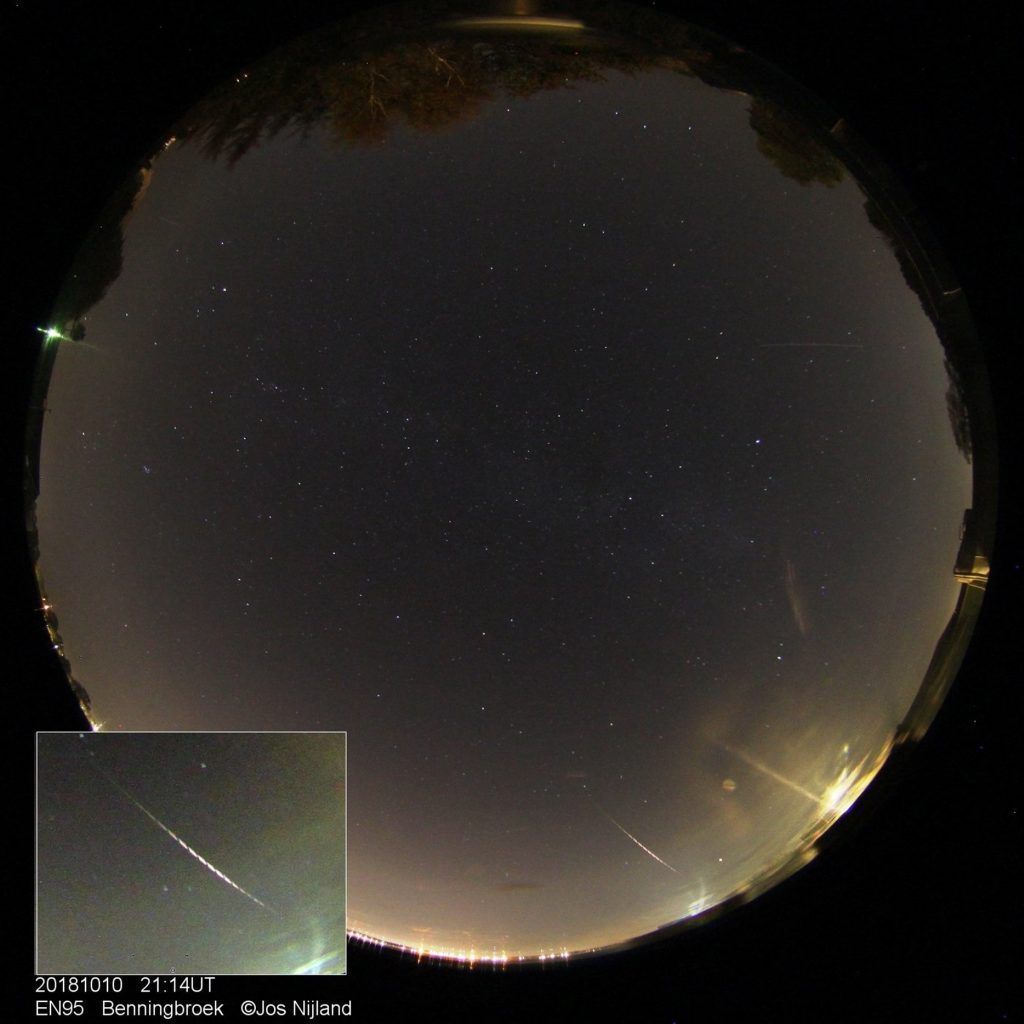
Figure 6 – All-sky picture by Jos Nijland (Benningbroek NL).
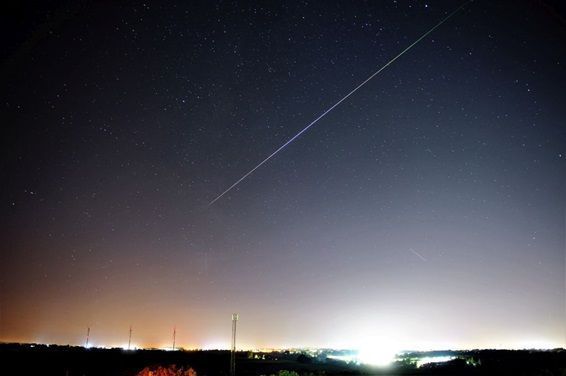
Figure 7 – Picture from Johan Pieper (Kerkrade NL).
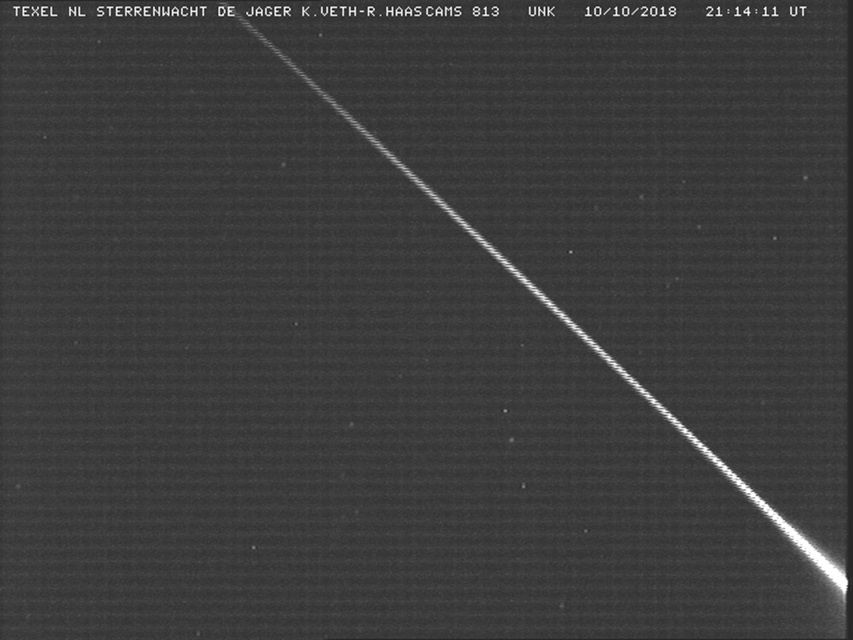
Figure 8 – CAMS 813 Robert Haas- K. Veth (Texel NL).
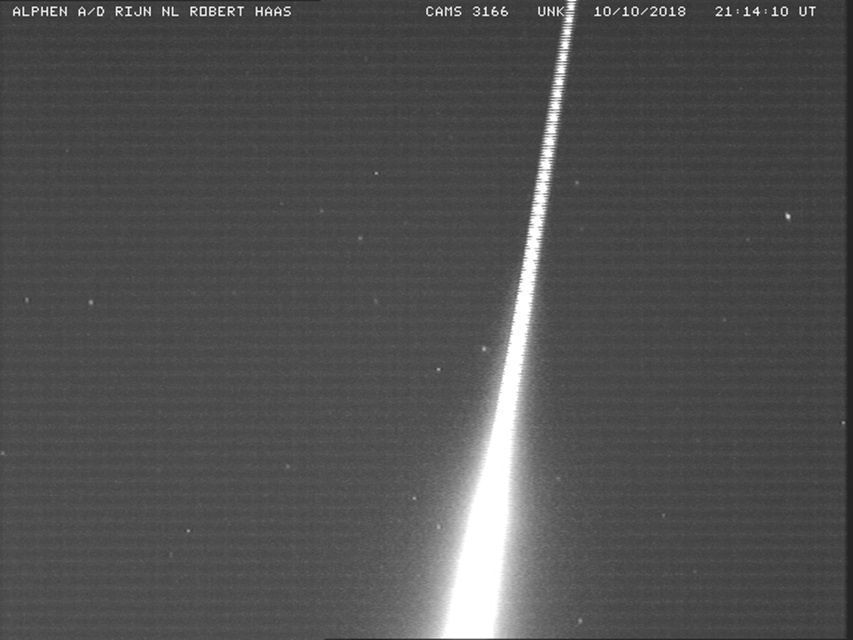
Figure 9 – CAMS 3166 Robert Haas (Alphen aan de Rijn NL).
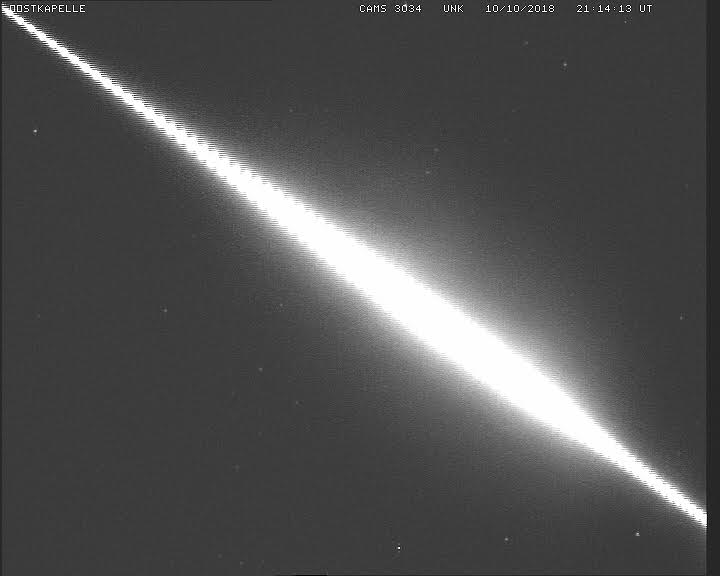
Figure 10 – CAMS 3034 Klaas Jobse (Oostkapelle NL).
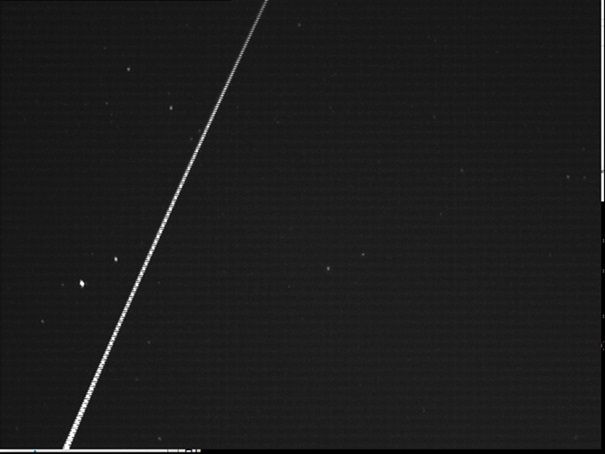
Figure 11 – CAMS 313 Carl Johannink (Gronau DE).
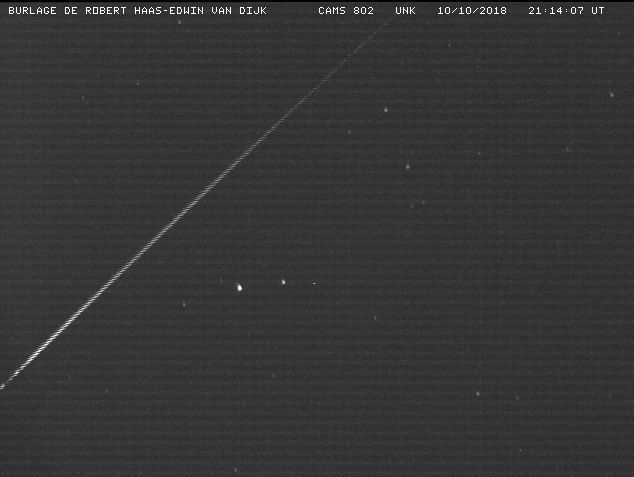
Figure 12 – CAMS 802 Robert Haas (Burlage DE).
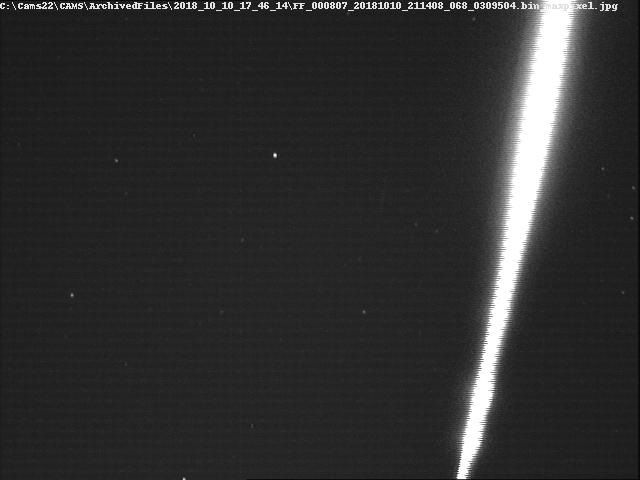
Figure 13 – CAMS 807 Luc Gobin (Mechelen BE).
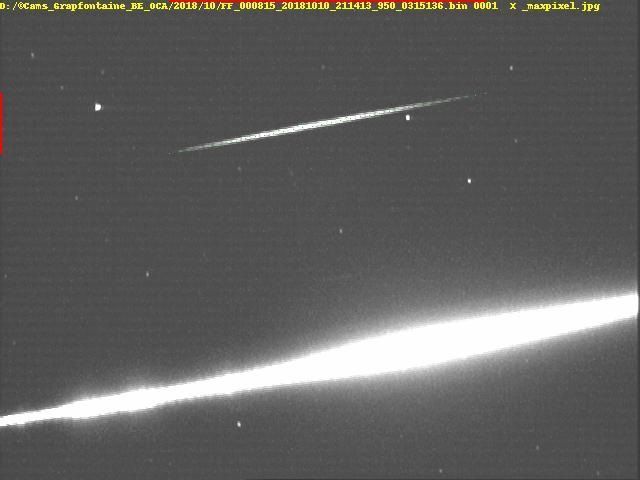
Figure 14 – CAMS 815 Christian Wanlin / Jean Paul Dumoulin (Grapfontaine BE).
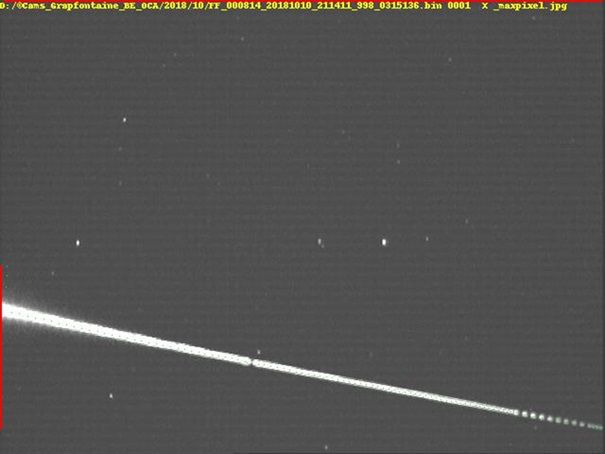
Figure 15 – CAMS 815 Christian Wanlin / Jean Paul Dumoulin (Grapfontaine BE).
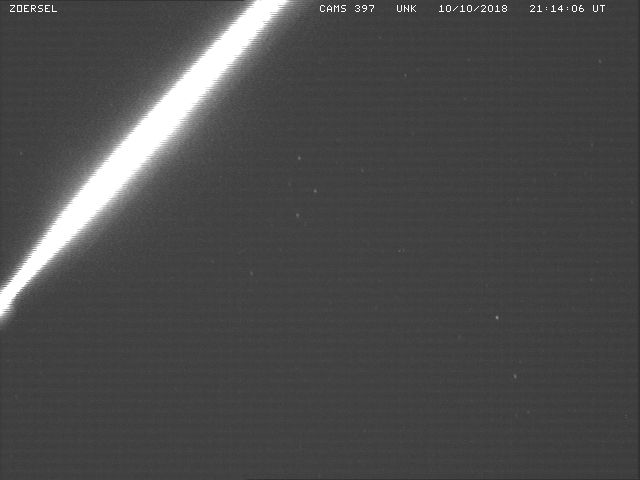
Figure 16 – CAMS 397 Bart Dessoy (Zoersel BE).
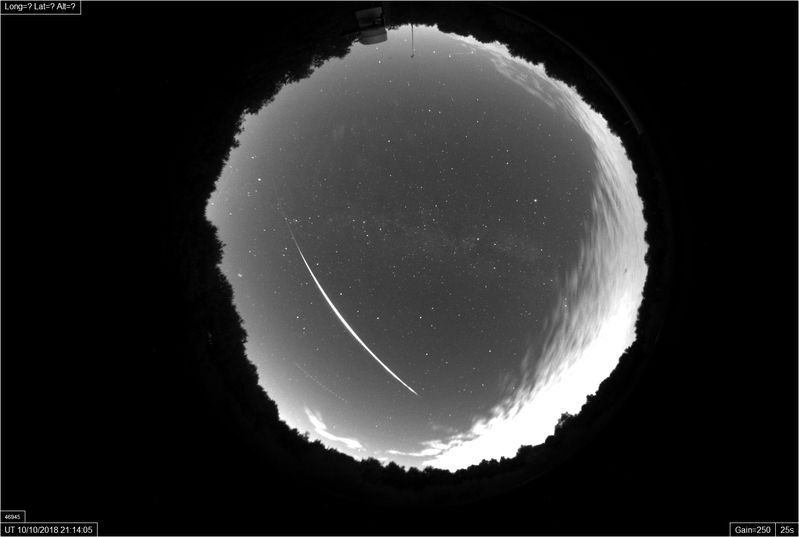
Figure 17 – All-sky AstroLab Iris, F. Dubois, Langemark (BE).

